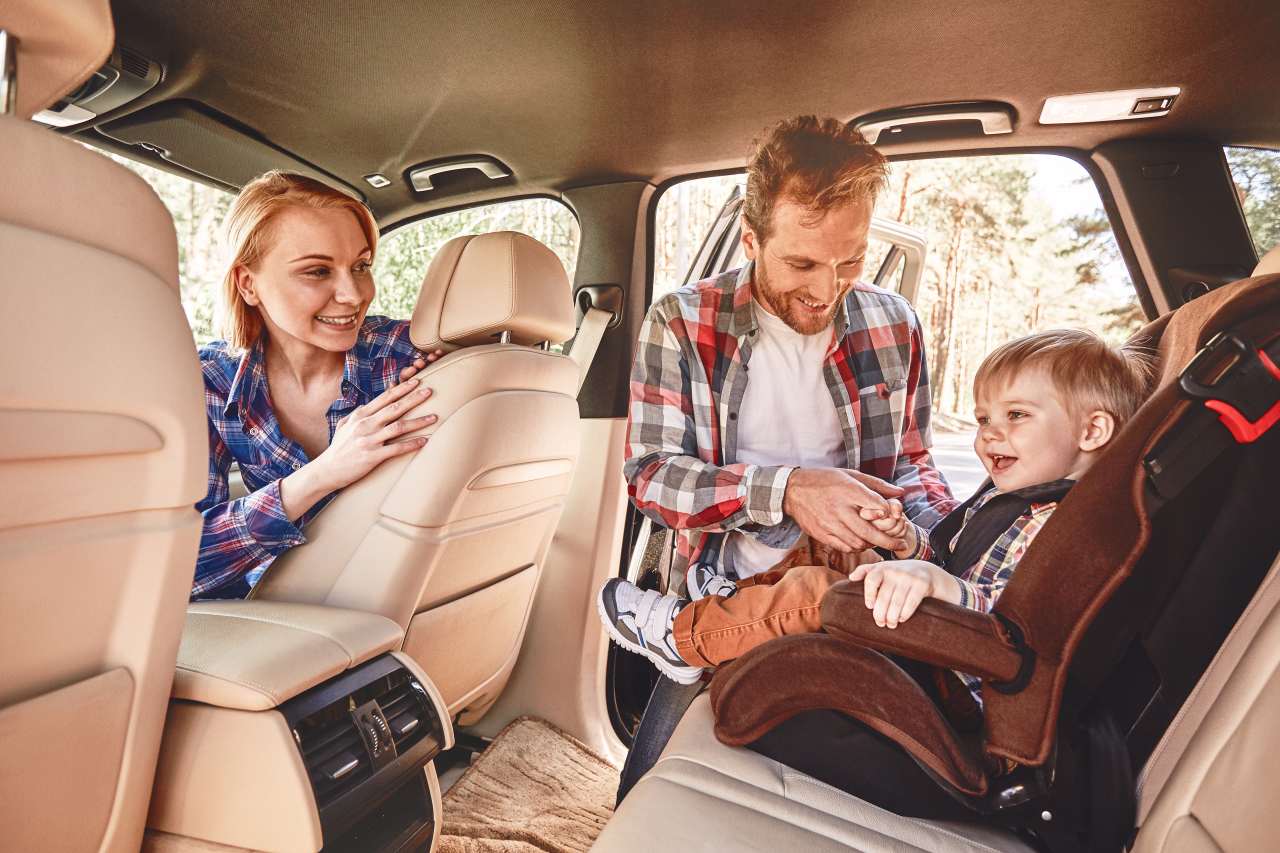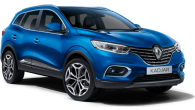Thinking your next family car should be electric? Wondering if the Hyundai’s Kona Electric could be good?
Well, I tested the most affordable Elite grade with the 'Standard Range' battery for a week with my family to find out everything you should know.
Hyundai Kona 2022: Elite Electric STD Range
| Engine Type | 0.0L |
|---|---|
| Fuel Type | Electric |
| Fuel Efficiency | 0.0L/100km (combined) |
| Seating | 5 |
| Price From | $33,220 - $39,600 |
| Safety Rating |
|
What does it look like?
The Kona Electric looks like a regular Kona wearing a face mask. By that I mean the large honeycomb grille of the petrol-powered Kona has been covered with a plastic panel the same colour as the rest of the body.
That’s because this electric Kona, like all EVs, doesn’t have an engine which needs cooling. It’s a look we’ll get used to as more EVs arrive in greater numbers, but for now it appears odd (to my eyes).
When I took the Kona EV back to Hyundai, I parked next to a petrol version and took a family photo of them so you can see the difference straight away.

By the way, the old Kona Electric had a similar plastic mask, but with a textured pattern, not a smooth surface like this new one. That’s how you can quickly tell them apart from the outside.
Apart from the grille, the rest of the Kona Electric looks just like a petrol one, from the pumped-up wheel arches to the tailgate with its blade-like tail-lights to match the LED running lights.

Inside, this new Kona electric has a ‘floating’ centre console with a push-button shifter, a large centre media display and a digital instrument cluster.
The cabin has a premium feel and a similar look to interiors in other, higher grade Hyundai models.


I liked the 'Surfy Blue' paint of my test Kona Electric because every car these days seems to be silver.
How does it drive?
Have you driven an electric car? Not a hybrid, a proper one – fully electric? If so, you’d know how smooth and quiet they are to pilot.
There’s also the great acceleration which is good for moving quickly out of car spaces and overtaking on the highway.
The Kona Electric is small with a short wheelbase, and this does affect the ride, making speed humps feel more mountainous than they really are, and that’s fine if you’re driving, but not for your family in the passenger seats.
The Kona’s small size is an advantage in the city where parking spaces and streets are tight.

The Kona Electric Standard Range has one electric motor driving the front wheels and it makes 100kW/395Nm. That’s not as much power as the Extended Range, but the torque is the same and that’s a lot for a little car, so acceleration is great compared to its petrol-powered rivals.
How spacious is it?
If you’re thinking the Kona Electric might cut it as your family car then what I’m going to tell you may cause you to reconsider. This car is going to be too small for even one child. I know, I’ve tested it with my own family.

End-to-end the Kona Electric measures 4.2m and the wheelbase is 2.6m.
Next, the boot is tiny with its 332-litre cargo capacity and that will not fit a standard sized pram, let alone all the other bags and supplies which go with infants.

New parents be warned that a rearward facing baby capsule installed in the second row might not leave enough space for somebody to sit in the front passenger seat.

If your kids are older you’ll struggle to fit bikes and scooters in the boot. And if your kids are teenagers they won't have enough room in the second row.
How easy is it to use every day?
The Kona Electric come in two grades: the top-of-the-range Highlander and the Elite, which is the one I tested.
The Elite still comes with stacks of features which make life easier for families. There’s a proximity key which will lock and unlock the car without having to take it out of your pocket or bag; there’s push-button start, sat nav and dark-tinted rear side windows.
The Elite does miss out on power adjustable front seats which are also heated and ventilated, it also doesn’t get the head-up display, nor front parking sensors.
For charging devices there’s a wireless charger, a 12V outlet and a USB port front and back.
Controls are all in logical easy to reach places, except the shifter's button design isn’t the easiest way to shift from Drive to Reverse or Park.
Charging is easy. The charging port is in the nose of the car and has a Type 2 charging plug. The 7.2kW inverter means charging is pretty quick, we’re talking about 48 minutes to take the battery from 10-80 per cent using a 50kW fast charger.
You can also plug the Kona Electric in at home into a regular power point and it’ll take about six hours to charge from 10-100 percent.

A full charge for the standard range 39.2kWh battery equates to a range of 305km.
How safe is it?
The regular Kona was given the maximum five-star rating by ANCAP when it was tested in 2017 and this same score has also been applied to the Kona Electric.
The advanced safety tech which comes standard is excellent. There’s AEB which can detect vehicles, cyclists and pedestrians. There’s also rear AEB, lane keeping assistance and blind spot warning.
For child seats there are two ISOFIX points and three top tether mounts across the back seats.
What’s the tech like?
This new Kona Electric arrived in 2021 bringing with it new tech in the form of an eight-speaker Harmon Kardon stereo, a 10.25-inch digital instrument cluster to join the existing 10.25-inch media display and wireless phone charging.
There’s also sat nav, Apple CarPlay and Android Auto, digital radio and Bluetooth connectivity and even remote start.
And that’s all on the more affordable Elite grade.
How much does it cost to own?
The Kona Electric Elite with the Standard Range battery lists for $54,500.
Hyundai’s five-year/unlimited kilometre warranty covers the car itself while the battery is covered by a separate eight-year/160,000km warranty.
Servicing is needed annually or every 15,000km and you can expect to pay about $220 per service.
Hyundai says the Kona Electric Standard range will use 14.3kWh/100km. On my test I averaged 12.2kWh/100km.
Verdict
The Kona Electric in the Elite grade and with the standard range battery is a great electric vehicle at a good price, but it’s not a great family car due to its size which not only limits its versatility but also ride composure, too. I’ve tested it with my own family and there was not enough room for us to be comfortable.
So, while it has many conveniences which make family life easier on the road, such as proximity unlocking, tinted glass, wireless charging, and USB port in the second row, the car just isn’t big enough for even a small family.
A Hyundai Ioniq 5 costs about $30K more, but it is also electric and incredibly spacious inside.
Pricing Guides

















































 copy.png)














.jpg)
.jpg)



